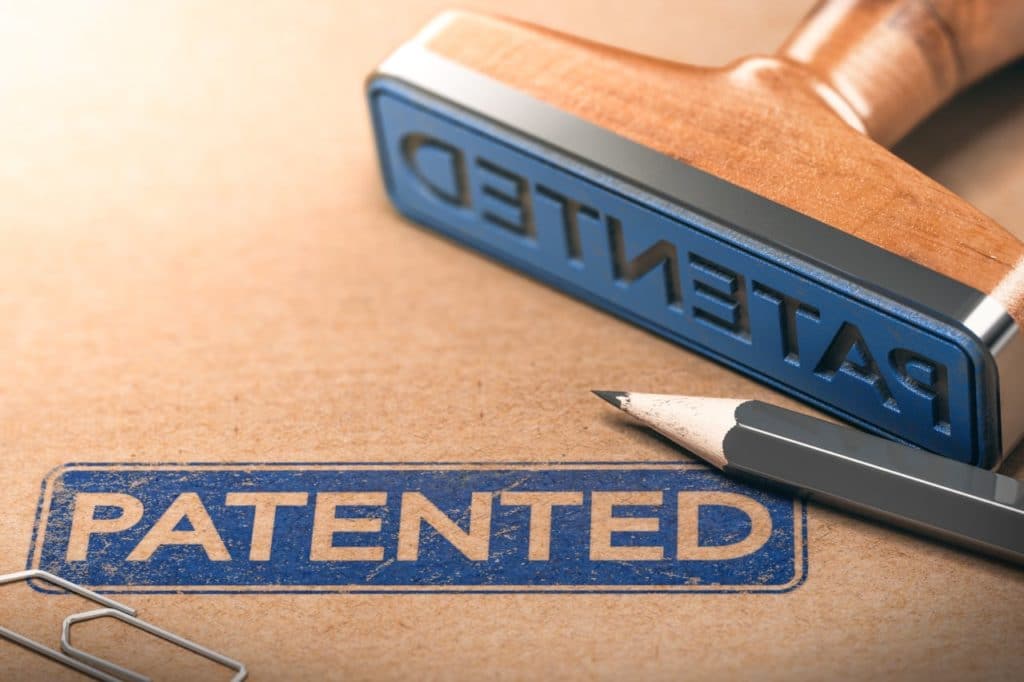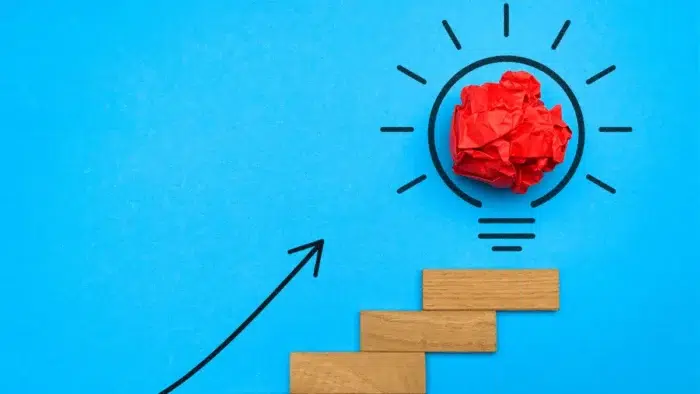In this day and age where information is easily accessible and available to all with just a touch of a button, an ingenious invention deserves to be protected. After all, your brilliant idea should remain yours alone, and you should call the shots on what happens to your creation.
Whether you want to make money out of it or just want to defend your idea from being duplicated, expert patent protection can help reinforce your ownership over your innovation.
What is Patent Protection?
A patent is a form of protection for an invention, and obtaining one gives you the right to prevent anyone from creating, using, distributing, or selling your technology without your knowledge and explicit permission.
Inventions seeking patent protection should fall into these categories:
- Processing methods, for instance, a computer algorithm
- Human-made products
- Machines used in the manufacturing process
- Improvement of an existing idea
Related: How to Add Value to Your Products and Services
How Patent Protection Can Increase the Value of Your Invention
Patent protection is an investment worth taking to protect a valuable asset—your invention. It typically increases a product’s overall worth.
If you’re wondering how patent protection can help make your invention more valuable, here are a few ideas.
- Patent protection helps increase market appeal. Any product or process granted with patent protection must pass statutory-class, utility, novelty, and non-obviousness tests. This means it’s a new and breakthrough invention that can provide benefits not easily obtained from other existing products.
- Patent protection can increase revenues. Some patents may cover business processes or machines that can help minimize manufacturing costs or cut production time in half. In other cases, some patented technologies can offer additional features to a product, putting it ahead of the competition.
- Patent protection helps businesses build and improve their brand. Securing patent protection means a competitor cannot copy or use the product or technology a company worked so hard to develop. This can help the latter build its reputation in the market.
- Patent protection may attract fresh capital. A unique and innovative product or service is highly attractive to investors and has the power to convince funders to give added capital to a startup. Patent protection can further assure these third parties that they would be repaid or there will be a return of investment (ROI).
- Patent protection could lead to licensing revenues. Because they can have total control over the use and distribution of their technology, patent owners can make use of a patent by allowing third-party use of their invention in exchange for fees and royalties.
Patent protection can help businesses increase market share. A patent holder who is a pioneer at creating a technology can attach a premium price for the invention because of the absence of competition. Similarly, as the inventor can prevent its rivals from copying their product or service, it can maintain a monopoly of the market.
What are the Types of Patent Protection Intended for Businesses?
There are various types of patents that can be granted to products and processes. Most entrepreneur-inventors secure two types: a design patent and a utility patent, also known as a patent for an invention.
The first one covers the aesthetics of creation. To be granted a design patent protection, your invention should possess a new, original, and ornamental style. The new features of your design must not be obvious. It’s not as effective as a utility patent in the sense that it doesn’t prevent others from making slight modifications to your original invention to make it look ‘different’ and ‘new.’
Meanwhile, a utility patent protects the function or method of your technological idea. It’s more challenging to get one, as you have to explain the uses of your invention.
Between the two, a utility patent is more expensive and complicated to get because it provides greater coverage. Getting input from a lawyer or advice from an intellectual property consultant is a must. Most inventions can be filed as a design patent, a utility patent, or both.
The law stipulates that only an inventor or inventors should apply for patent protection. Even funders of an invention are barred from seeking one. A person who attempts to seek patent protection for an idea or creation they didn’t make is subject to penalties.
What Should You Do Before Applying for Patent Protection?
Before building and selling your invention or applying for a patent for it, check the internet for patent databases to see whether your technology is indeed fresh and novel. You may also hire a patent researcher to obtain thorough results.
Even if you’ve been granted a patent but it’s later discovered as a ‘prior art’ (already known), your patent will be invalidated.
What are the Advantages and Disadvantages of Getting a Patent?

Aside from increasing the value of your invention, a patent holder can enjoy the following benefits:
Pros:
- An invention becomes exclusively owned by the inventor or patent holder, and they have full control over how to use it. This means the invention cannot be manufactured, reproduced, or sold without the inventor’s permission.
- A patent can protect a business product or process for up to 20 years.
- A patent increases your technology’s overall value and market appeal, seeing your invention as better than your competitors’.
- A patent can increase value over time when the inventor continues to develop a protected technology.
Cons:
- The process can be complex and time-consuming, as well as expensive.
- Patents are territorial, meaning it’s only applicable to the region where you filed it.
- Applying a patent may be detrimental to you, so you need to publicize all information, including the specific details of their invention, how it works, illustrations, and pertinent data. These can easily be viewed by competitors online.
- Just as it is costly and time-consuming to apply for a patent, an infringement case is just as expensive and tedious.
- A patent expires after 14 or 20 years. An inventor will have to apply for patent reissue (for utility patents only and not for design patents).
Final Thoughts
Patent protection has advantages and disadvantages, and the most important factors to consider may be the time, cost, and the purpose of getting one. To come up with a sound decision, consult with professionals for the best option. Better yet, ask them for cheaper alternatives in protecting your invaluable technology.



